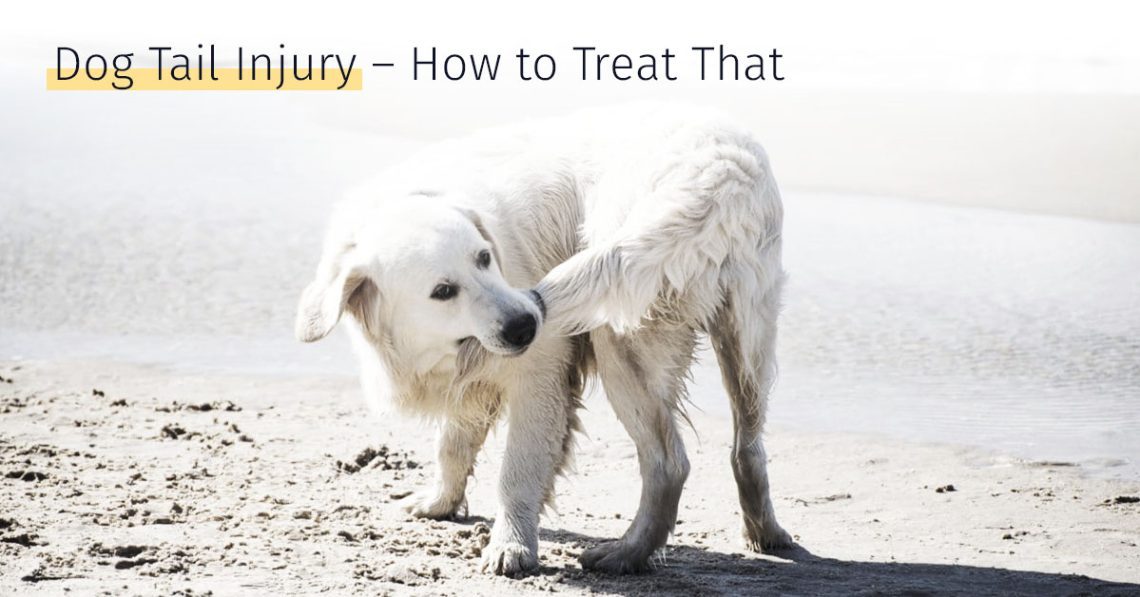
What to do if the dog’s tail is severely pinched?
How is the tail?
A dog’s tail is the end of an animal’s spine, which, like the rest of it, is made up of cartilage, vertebrae, tendons, muscles, nerve fibers, and blood vessels. In this case, the number of tail vertebrae is determined by the breed of the dog. Only the first few vertebrae are full-fledged, the rest are underdeveloped. Under the vertebrae are veins, arteries and nerves.
The muscular system in the tail is represented by the transverse muscles, lifters and lowerers of the tail. They are located above and below.
What to do if you pinch your dog’s tail?
If you touch the tail immediately after the bruise, then the injured dog will squeal, will try to hide the tail, and will not let it in. This is a natural shock reaction. You should not immediately be afraid that the dog does not move its tail, you need to observe the behavior of the pet for several hours. If the injury is not serious, then after a couple of hours the dog will begin to wag its tail again.
Quite often, when the tail is squeezed by the door, a fracture occurs. An open fracture is easy to recognize.
In such a situation, it is necessary to treat the wound, iodine or hydrogen peroxide is suitable for this, then you should immediately go to the veterinary clinic.
A closed fracture can be recognized by the following symptoms:
- The tail hangs down, bent at an unnatural angle, the pet cannot wag it;
- Within a few hours, swelling appears, sometimes a hematoma forms;
- When probing, bone crepitus is heard, movement of the vertebrae is possible.
Feeling the tail is not an easy task, as in the event of a fracture, the pet will behave aggressively when trying to examine the diseased area. If, after the dog’s tail is pinched, symptoms from the first two points are found, the pet must be taken to the clinic.
In the veterinary clinic, an x-ray of the tail is always taken in two projections to find out if there is a fracture and displacement of the vertebrae.
tail fracture
If, in the event of a tail fracture, the X-ray does not reveal fragments of the vertebrae, their displacement, then the doctor simply applies a pressure bandage to the tail. In this case, the tail grows together quickly without any consequences. After a couple of weeks, the bandage is removed. Sometimes a collar is put on the dog to prevent it from touching the tail with its tongue or to remove the bandage. When the vertebrae are displaced, in most cases they can be adjusted without surgical intervention.
But in some situations, surgery is required. This applies to complex fractures with fragments and displacements that cannot be set without cutting the tail. In this case, the operation is performed under local or general anesthesia; As a rule, after a few hours the dog can be taken home. During the operation, the vertebrae are fixed with special structures, which are removed after a few weeks.
In severe cases, the veterinarian may suggest amputating the tail. This is, of course, extremely sad and unpleasant news and prospect, but one should not panic or despair. Remember that the tail does not perform any vital functions, and therefore the dog will continue to live a completely happy and fulfilling life.
Photo:





